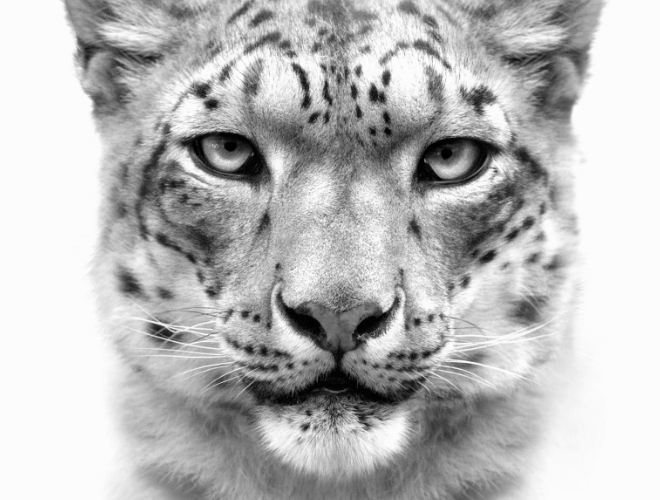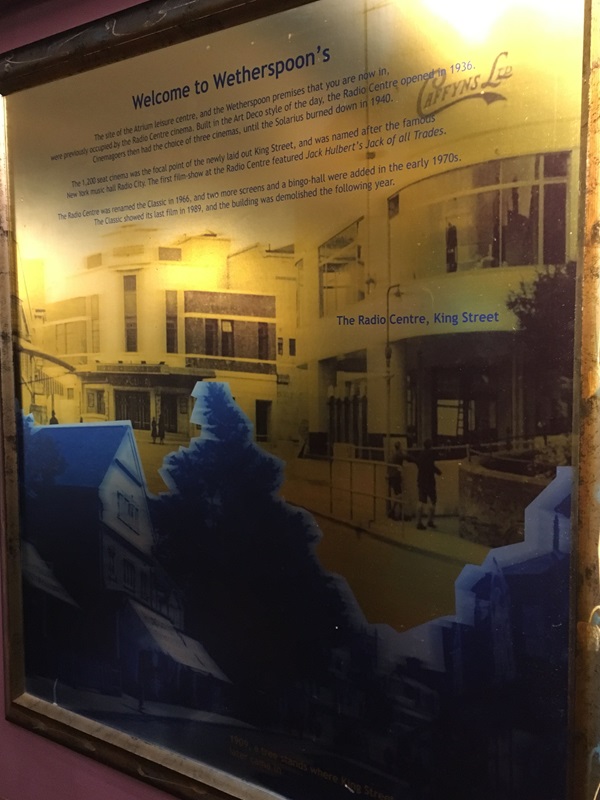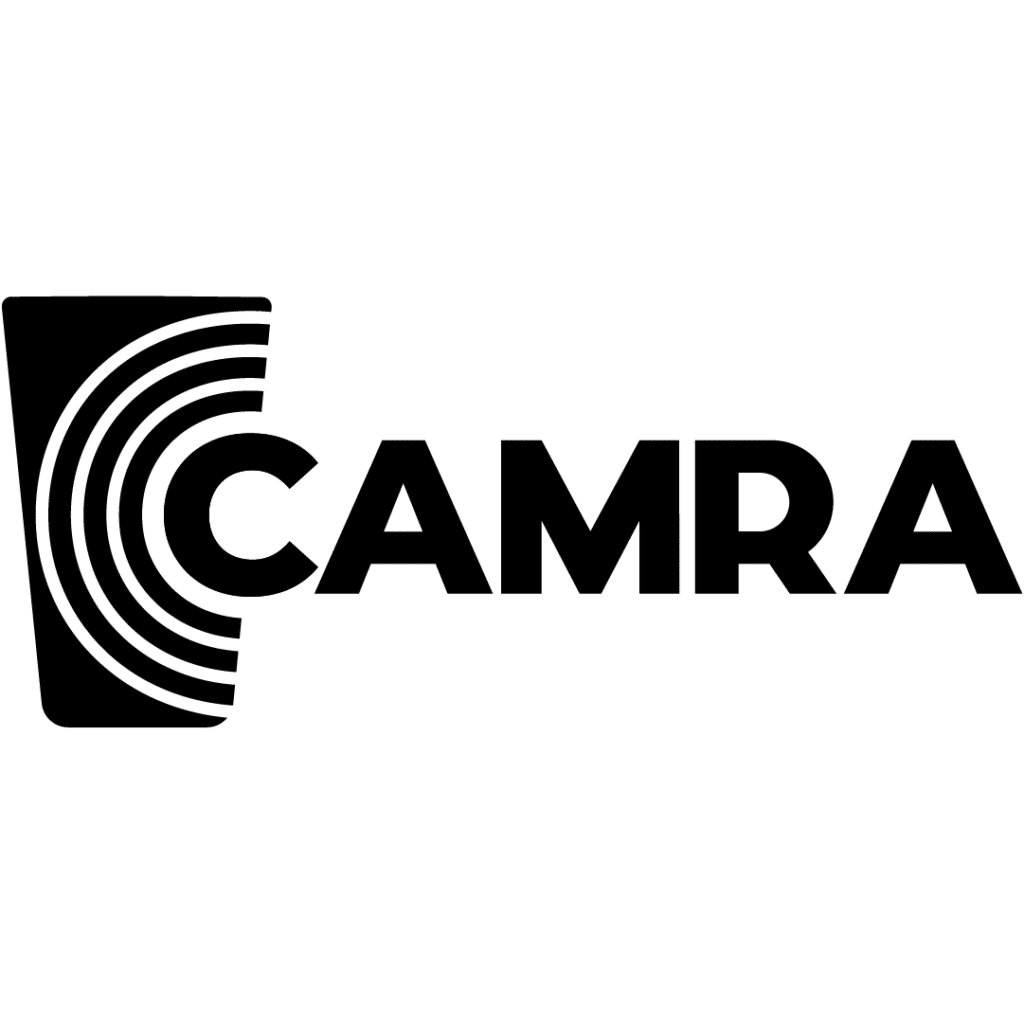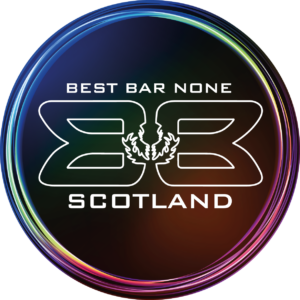Pub history
The Ounce & Ivy Bush
This pub’s name recalls one of East Grinstead’s former inns and the coat of arms of the Sackville family. The closure of the Dorset’s Head allowed The Cat inn, also on High Street, to change its name to the Dorset Arms. The Cat had been called The Ounce & Ivy Bush, an ounce being a wild cat species and an ivy bush a symbol of a high-class inn. Robert Sackville founded Sackville College almshouses, on High Street, in 1605. The college is East Grinstead’s most important historic building.

This pub’s name recalls one of East Grinstead’s former inns and the coat of arms of the Sackville family. The closure of the Dorset’s Head allowed The Cat inn, also on High Street, to change its name to the Dorset Arms. The Cat had been called The Ounce & Ivy Bush, an ounce being a wild cat species and an ivy bush a symbol of a high-class inn. Robert Sackville founded Sackville College almshouses, on High Street, in 1605. The college is East Grinstead’s most important historic building.
Prints and text about The Ounce & Ivy Bush

The text reads: The site of the Atrium leisure centre and the Wetherspoon premises that you are now in were previously occupied by the Radio Centre cinema. Built in the Art Deco style of the day, the Radio Centre opened in 1936. Cinemagoers then had the choice of three cinemas, until the Solarius burned down in 1940.
The 1,200 seat cinema was the focal point of the newly laid out King Street and was named after the famous New York music hall Radio City. The first film-show at the Radio Centre featured Jack Hulbert’s Jack of all Trades.
The Radio Centre was renamed the Classic in 1966, and two more screens and a bingo hall were added in the early 1970s.
The Classic showed its last film in 1989, and the building was demolished the following year.
Prints of the Radio Centre’s auditorium, 1936






